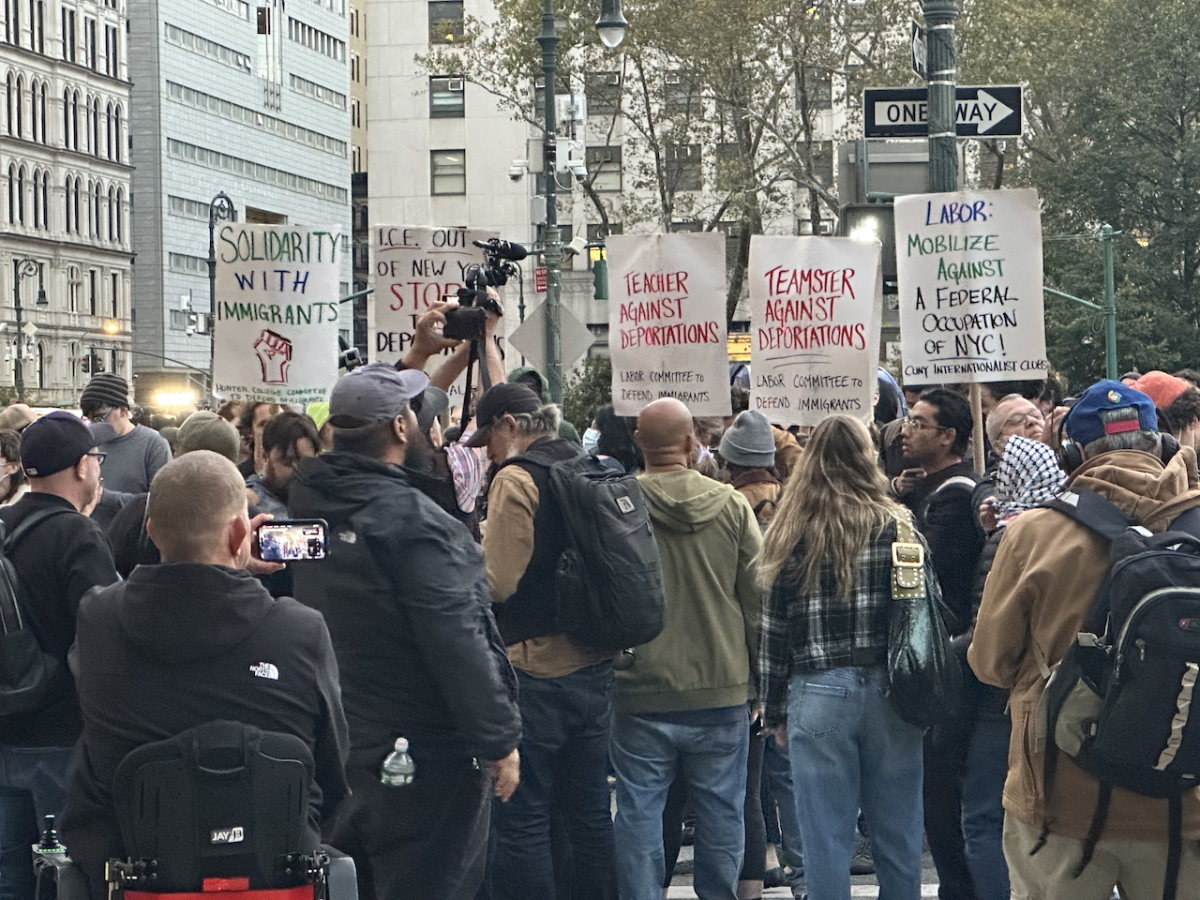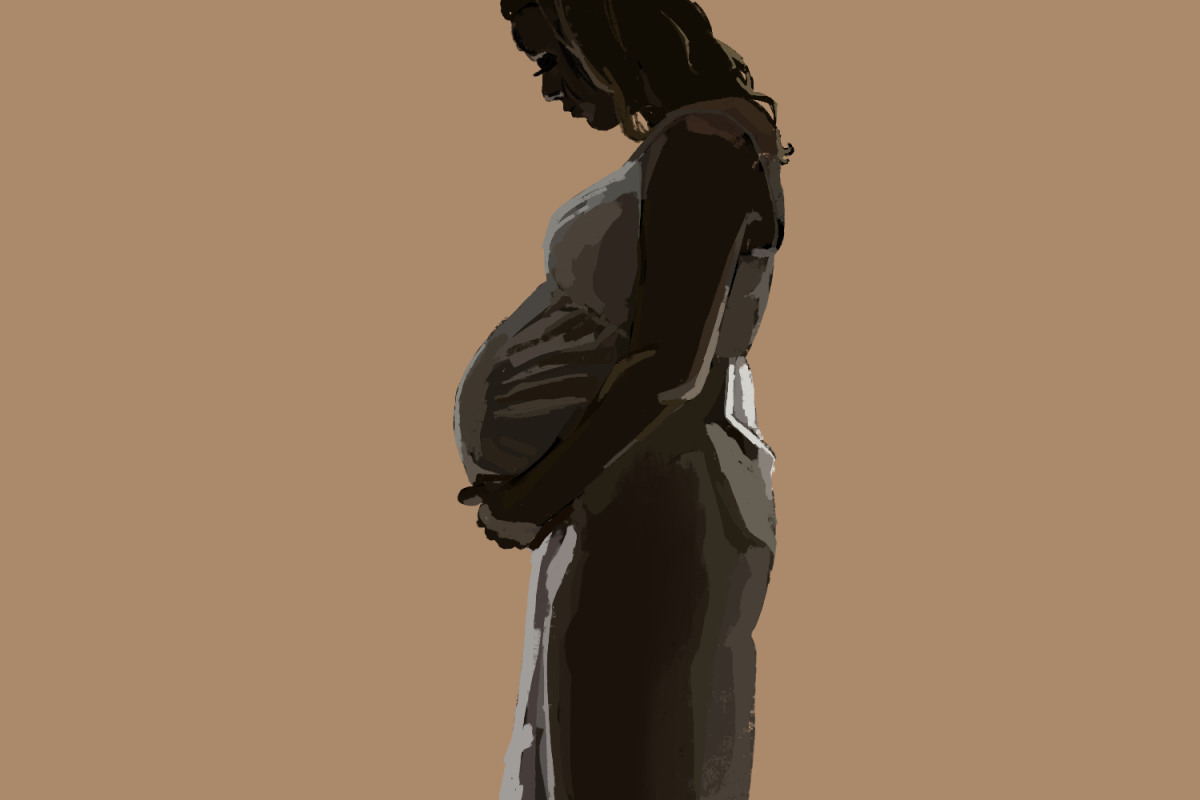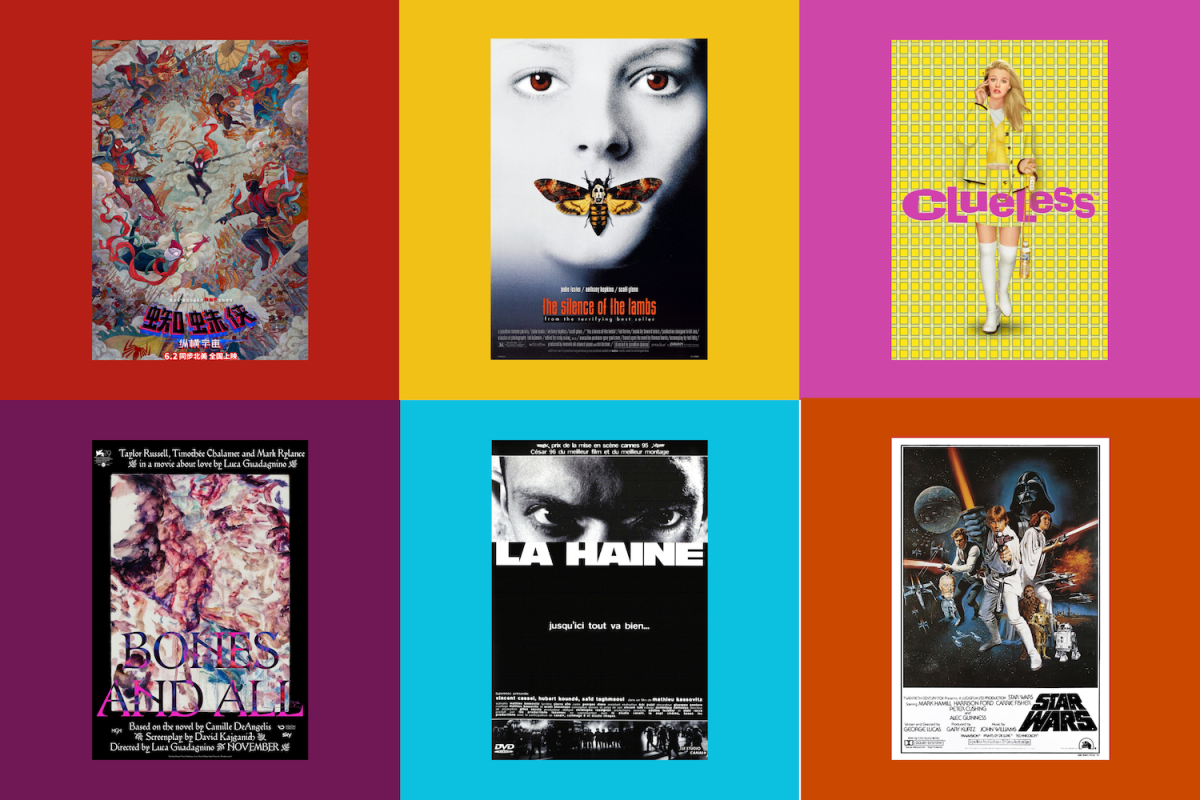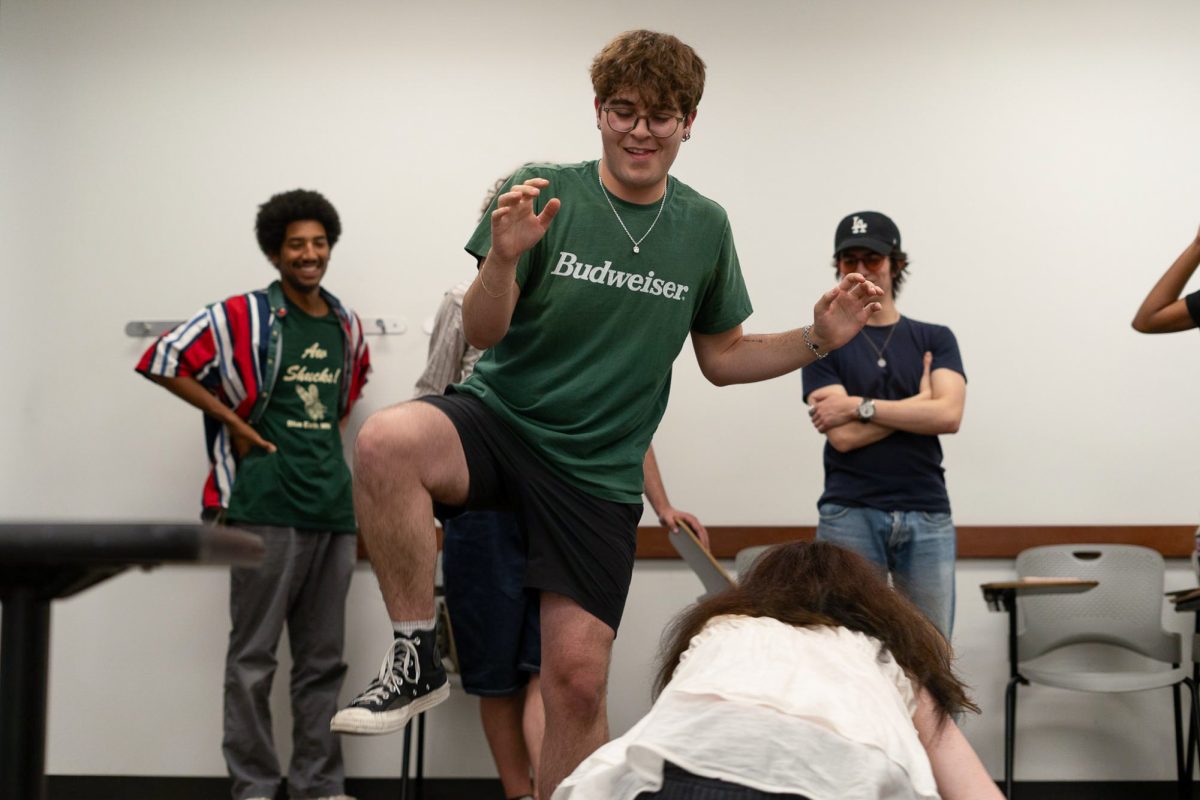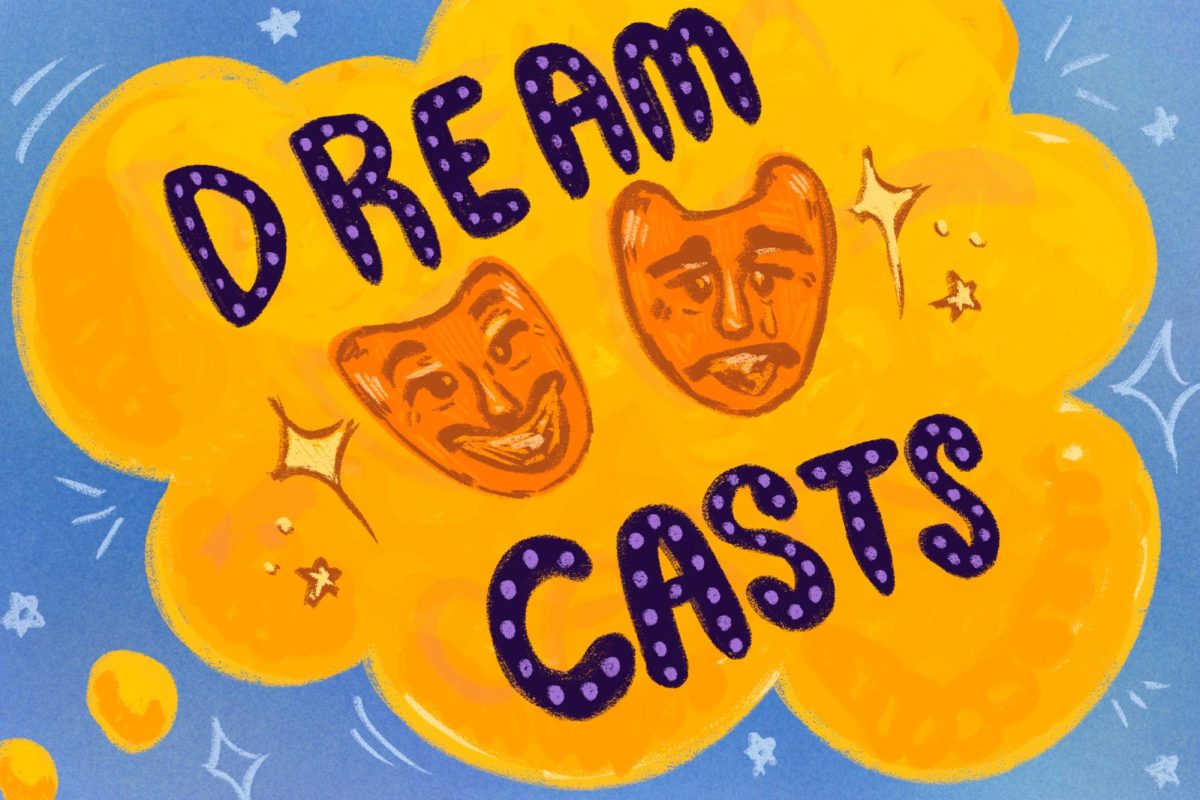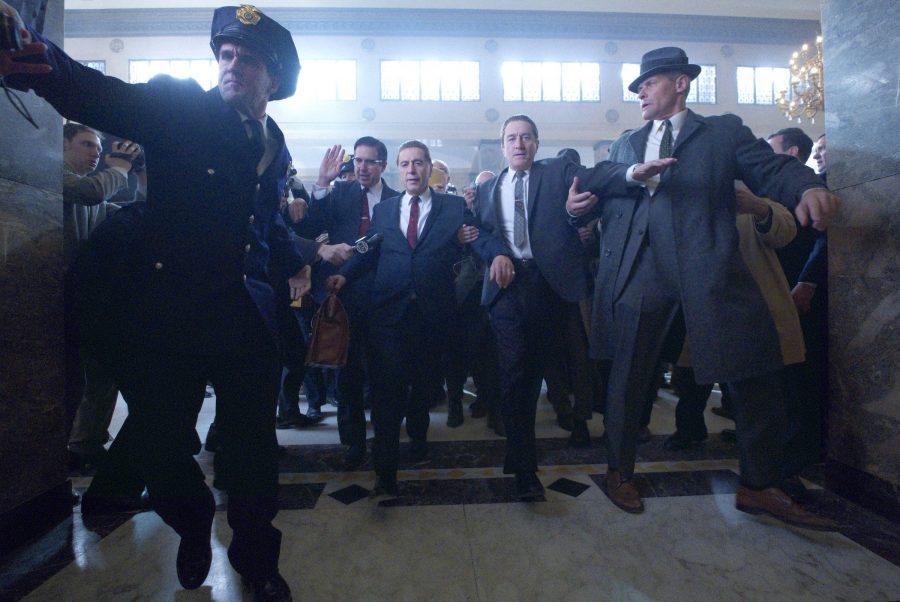“The Irishman” starts with a single-take long shot, not so different from the famous Copacabana sequence in “Goodfellas.” “In the Still of the Night” by the Five Satins eerily plays in the background as the camera beautifully swerves and dances. Except this time, we aren’t in the glamorous heyday of Martin Scorsese’s mobster milieu. We are in a nursing home. Instead of the vibrant and saturated colors of Michael Ballhaus’s cinematography, we have the drained, saddened blue look of Director of Photography Rodrigo Prieto. When the camera stops, we do not settle on a lusciously set dinner table in front of an Italian crooner with a bottle of white wine. Instead, we see the face of Robert De Niro. Older than he’s ever looked, his face sagged and outlined like someone carved wrinkles and lines where they don’t belong. He begins to narrate. His words are mournful, a stone cold recollection of three decades of murder and betrayal. “The Irishman” is a re-invention and goodbye to a genre for which Scorsese paved the way.
“Goodfellas” encapsulated the glamour, morbid fascination, detriment and personal destruction of the mobster lifestyle throughout one man’s life. “The Irishman” reflects on a storied career in the mob, the contemplative lead paralleling Scorsese’s status as a seasoned master. Frank “The Irishman” Sheeran (Robert De Niro) is a hitman for the mafiosos Russel Bufalino (Joe Pesci) and Angelo Bruno (Harvey Keitel), who introduce Frank to the head of the teamsters’ union, Jimmy Hoffa (Al Pacino). This leads to an unlikely friendship and the fateful day in history most have forgotten about.
“The Irishman” is all about age, and though it is lengthy, it grips throughout. Though it features state-of-the-art de-aging technology, it’s the first time we are allowed to see Scorsese’s trusted collaborators — De Niro, Pesci and Pacino — age. “The Irishman” is a depressing film. By the final shot, the mobsters haven’t escaped. They didn’t get a slap on the wrist, they weren’t beaten to death with baseball bats nor stuffed into a meat freezer. Age is the killer that takes them silently in the night.
The film is adapted from the factually ambiguous book by Charles Brandt, compiled from interviews with the real Frank Sheeran, titled “I Heard You Paint Houses.” The script is often quite funny and razor sharp. At other times it’s mellow, quiet and violent. “The Irishman” is spiraling film featuring years’ worth of story, and the film often jumps in between timelines and narratives. There’s a cord that ties all these timelines and stories together and keeps the viewer from becoming dizzy — a fierce kinetic energy that weaves every scene together that can only be attributed to the editing of Scorsese’s longtime editor, Thelma Schoonmaker. The film is three and a half hours long and not once does the length feel burdensome.
There’s something depressing knowing that “The Irishman” could either be viewed in a dark theater with a room full of strangers on a gigantic screen with impeccable sound, or on an iPhone in the bathroom. It feels like the final death rattle of a bygone era, ushering in a new era of filmmaking dictated by streaming platforms.
Email Masnsen Bouizidi at [email protected].



